The History of Window Cleaning
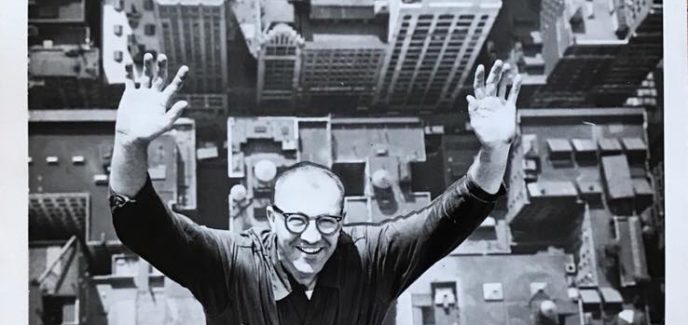
Preparing for his upcoming window cleaning presentation for the PWNA National Convention, Doug Apt reached out to me. “Do you have anything you’ve written on window cleaning history?”
I thought about it. “Nope. Not really.” But I figured how hard could it be? Surely there was plenty of information on the Internet.
You know what? There’s really not.
I decided I should change that. The following is a quick tour of the history of window cleaning:
Let’s Start with Glass
While we don’t know for certain when or how glass was first discovered, we do know it was a long, long time ago in a land far, far away – i.e., probably Egypt or Mesopotamia.
We also know it was mentioned in the Bible in the book of Job, which scholars believe was written sometime between 7 and 4 B.C. According to Job 28:17, it was very valuable (but not as valuable as wisdom): “Gold and glass cannot equal it.”
Now let’s fast forward several thousands of years to the late 19th century.
In 1861, a chemist named Ernest Solvay came up with a cost-effective method for mass producing glass. For the first time ever, glass became an appealing building material for a wide section of the population. Glass began to be mass produced and used regularly for windows. And with the addition of glass windows came the need for window cleaning.

The Birth of an Industry
The first windows were cleaned by servants or housewives with a bucket of water, a ladder, and a rag.
By 1885, the first modern skyscraper was built – the 10-story Chicago Home Insurance Building – thanks to the Bessemer process of mass production of steel beams. With the growth in taller buildings came the growth in higher windows, and the need for a professional window cleaning industry.
By 1887, a cleaning trade group was developed in Berlin by Frenchman Marius Moussy. His former employees also started their own businesses in other cities, and they founded additional cleaning institutes. The glass cleaning industry developed into the larger building cleaning trade, and up until 1953, it was called the “glass and building cleaning industry.”
As the new window-cleaning industry began to grow, so did the need for window-cleaning tools. The U.S. patent office holds several samples of early tools, like the 1883 J. Kirkman Window Cleaner – or “Window Gleamer” – which Kirkman said could be made from “any elastic material” (although he preferred wire), and would feature two arms that would hold a sleeve “designed to receive a cleansing pad.”
There were also several patents for squeegees. Really quick, the idea of a squeegee dates back at least to the Middle Ages where fishermen used wooden swabs called “Squilgees” to scrape fish guts off of boat decks. (The squilgee is referred to in Moby Dick.)
In 1918, an American book of Navy jargon referred to squilgee as a “squeegee” and explained that it was “used in civil life to clean windows.”
We know that P.R. Cumming applied for a patent on a squeegee back in 1899. In 1927, the A.C. Jensen Window Cleaning Squeegee was later referenced in patents by Unger, Pulex and Sörbo.
The Chicago Squeegee
In the early days, the best known tool of the trade was the Chicago Squeegee, which was made of steel and very heavy and bulky. The Chicago Squeegee used two heavy red rubber blades, and changing them out required loosening 12 separate screws.
A couple of years ago, Kevin Dixon, who collects antique squeegees, actually gave his 100-year old Chicago Squeegee that was stamped with the J. Racenstein Company name back to JRC, where it now sits on desk of Company President Steve Blyth.
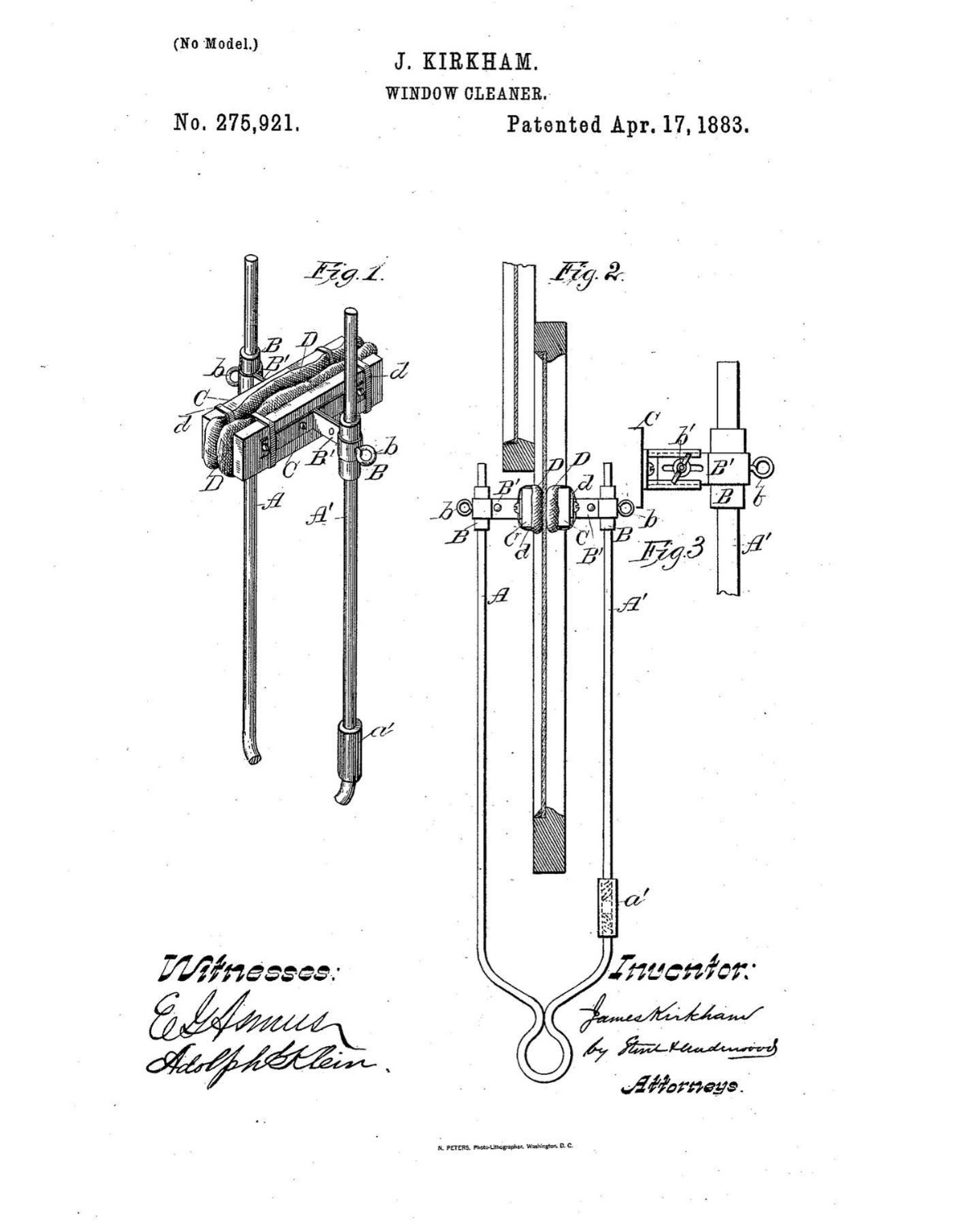
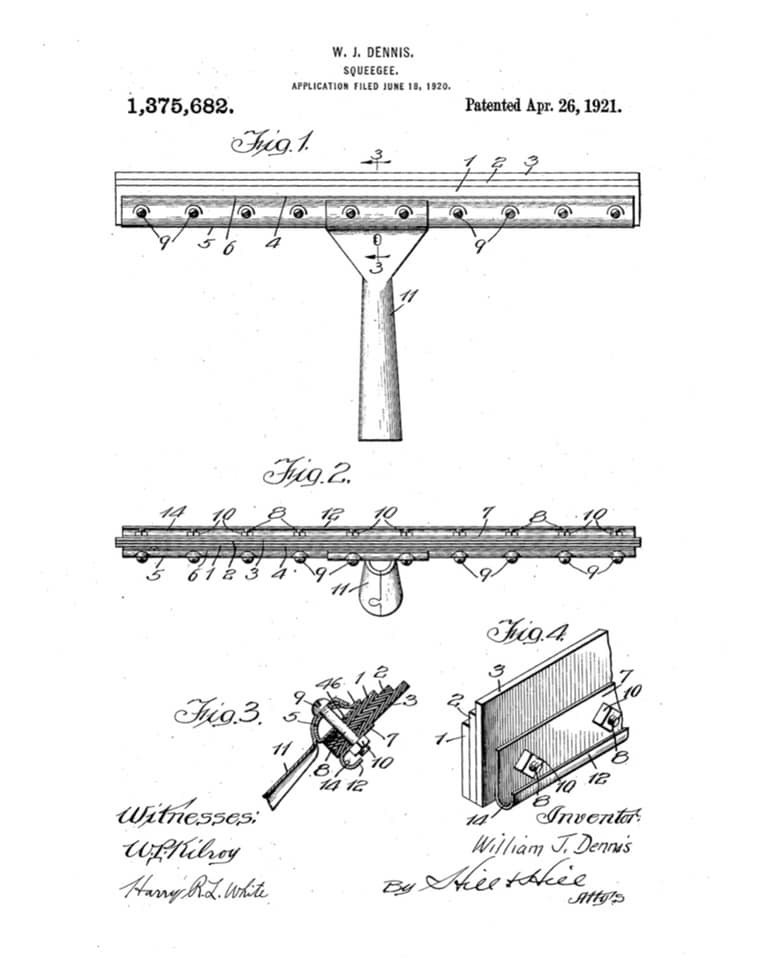
J. Racenstein Comes on the Scene
In 1909, window cleaning was really just becoming an official industry with tools, and you know who began to supply those tools? That’s right. J. Racenstein.
Joseph Racenstein started the J. Racenstein company with one thing in mind: customer service. In the beginning, Joe kept his supplies under his bed in his Manhattan apartment, where he provided products and great service to the window cleaners of New York. Joe knew that by helping his fellow cleaners, they could grow together.
Joe also knew he had to offer the best brands in his shop. To do that, he quickly realized he needed a larger facility, and moved to the Cable Building on Broadway. There, he invited window cleaners from around the city to come buy supplies and learn cleaning techniques.
The Modern Day Squeegee
In 1921, Ettore Steccone moved from Italy to California and became a window cleaner. While he loved the freedom that his career gave him, he felt there needed to be better tools. He began tinkering with ideas in the garage behind his home, and eventually created the modern T-type squeegee that is still used today. It was made of brass so it was lighter than the Chicago Squeegee, and after researching the best choice of rubber, his product featured a rubber blade. In 1936, he patented the squeegee as the “New Deal.”
After approaching and being turned down by several window cleaning supply companies, Ettore headed to New York to see the biggest supplier of them all – George Racenstein (Joe’s son). Like the others, George Racenstein was not convinced there was a need to change. The New Deal was too small. Too light.
But Ettore had a plan. He offered a proposal that Racenstein could not pass up. Ettore bet “the finest hat in New York” that George Racenstein would call Ettore within 30 days, asking to put the new squeegee in his catalog. Racenstein took the bet.
Ettore, however, had a secret strategy. He figured that the only way to get people to try his new squeegee was to give them away, so he shared them with his window-cleaning friends. The deal was they could use them, but only if they would call George Racenstein and ask him to put the new squeegees in his catalog. Did it work? Let’s just say the “finest hat in New York” still graces the foyer of the Ettore.
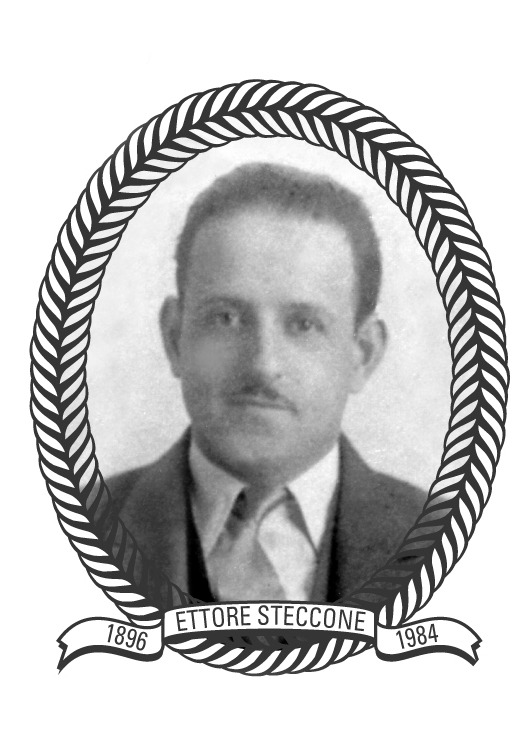
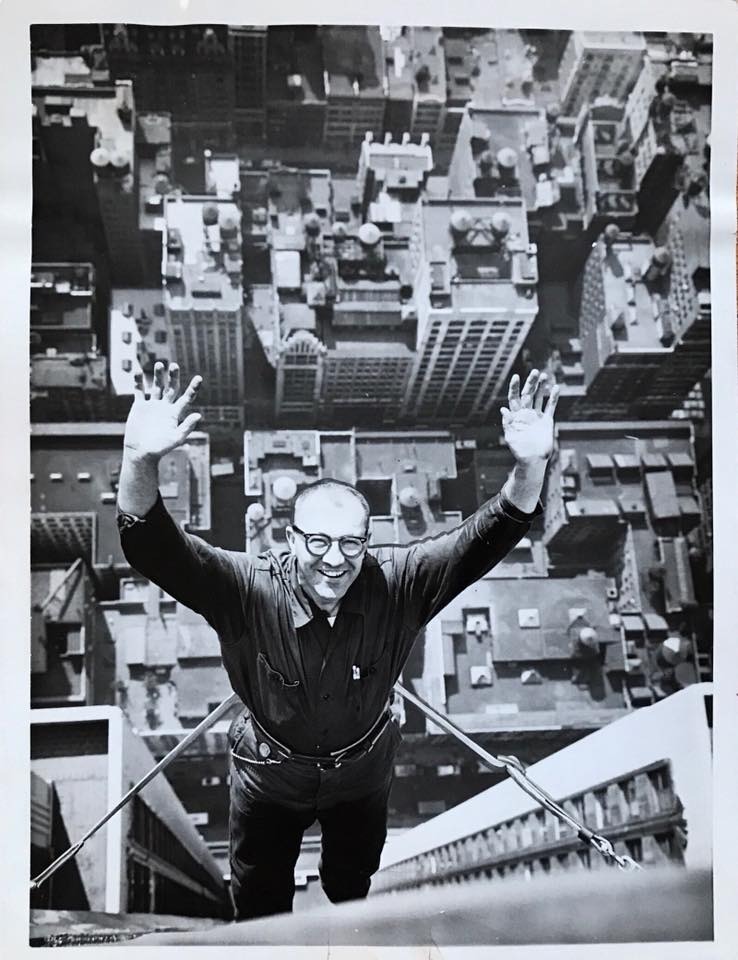
The Changes in Highrise Cleaning
Prior to the 1950s, the windows in skyscrapers opened, so a dedicated crew of window cleaners would strap on a leather harness, hook themselves to the sides of the skyscraper windows, and stand on a tiny ledge. If one hook failed, they still dangled from another hook and had a small ledge to help keep them safe.
In the 1950s, however, glass curtain wall building design began becoming the norm, and the windows became part of the buildings’ façade. This required being able to access all the windows from the outside. New equipment had to be developed, such as mobile window-washing platforms.
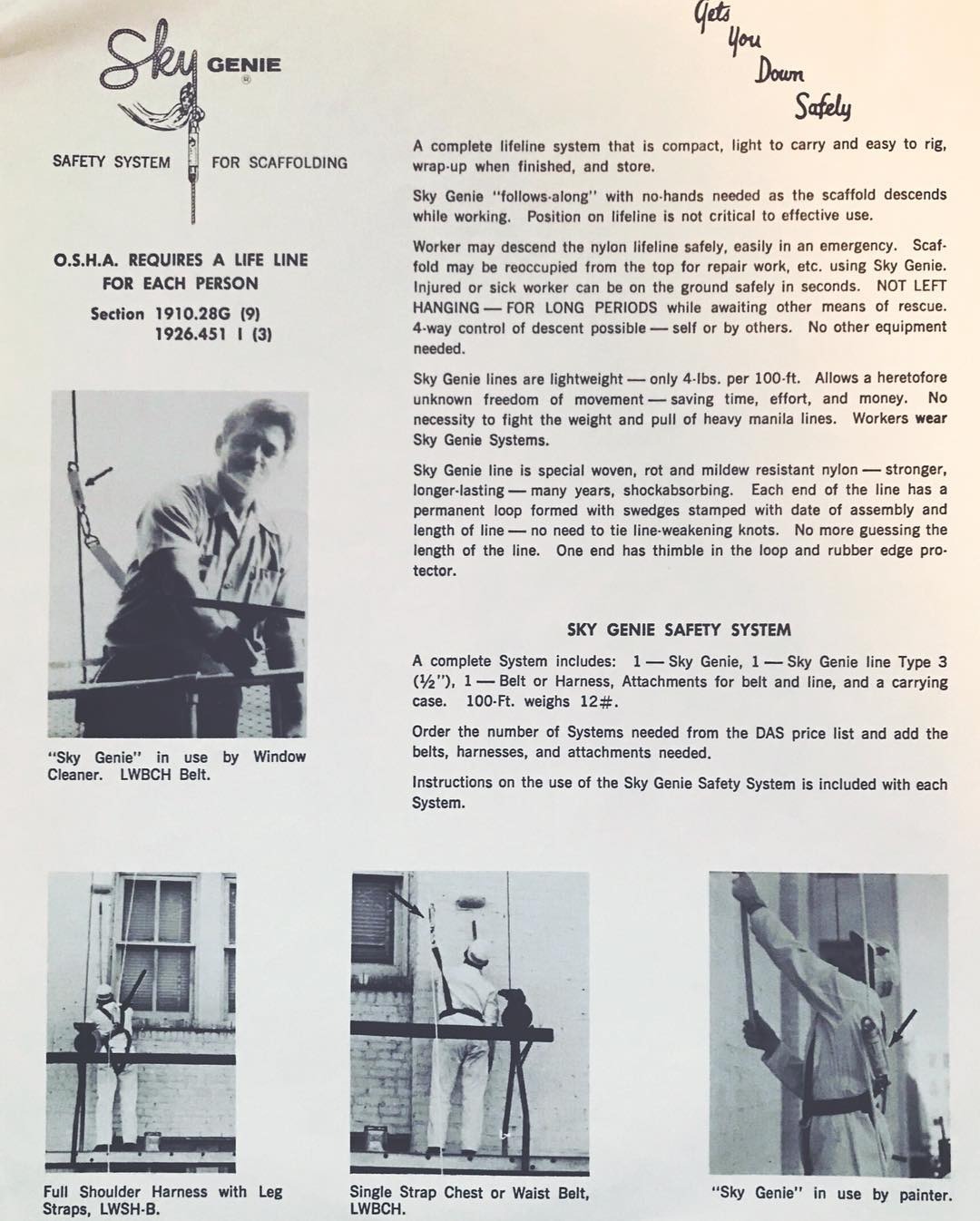
Window Cleaning Poles
The earliest window cleaning poles are attributed to Irv Tucker, who introduced a new car and home-washing kit to the consumer market in 1955 . It featured a 3- to 6-foot pole, a single rubber hose that could be used with or without a soap dispenser, and horse hair brushes. The poles gave window cleaners the ability to clean higher windows from the ground.By the 1960s, the pole system moved to commercial window cleaning.
By the 1970s, about a third of all Tucker Poles were sold in other parts of the world. However, areas with poor quality or hard water did not take to the poles that well because they water left spots.
In 1993, a U.K.-based window cleaner named Craig Mawlam met Irv Tucker at an IWCA national convention. In 1997, Mawlam launched a new pole that incorporated a telescopic pole along with a water purification system.
Today, of course, the water fed pole has become the tool of choice, as multiple brands are now available on the market. Manufacturers continue to make great strides in creating water fed poles that are stronger, lighter, and can reach new heights.
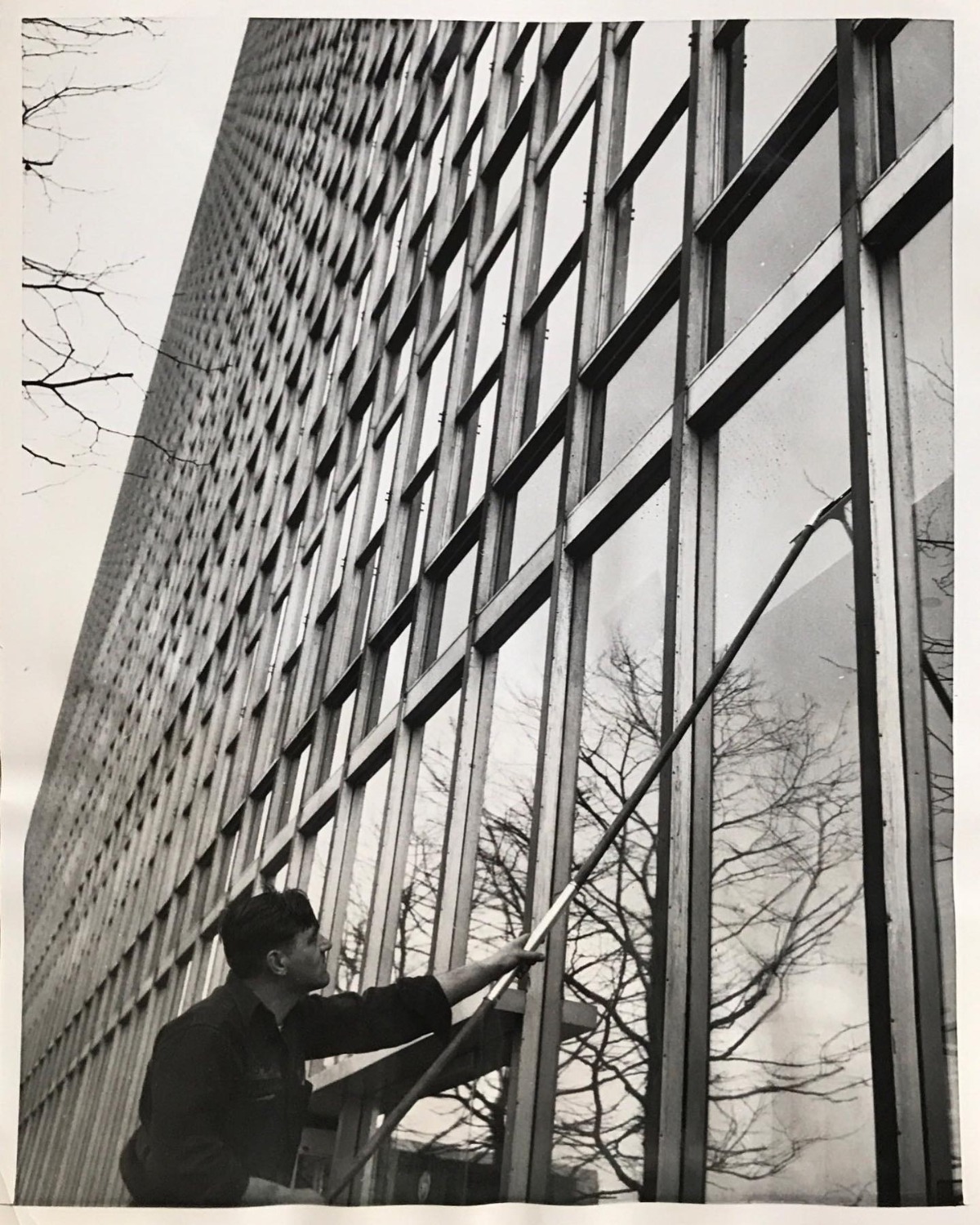
The More Things Change…
This year, J. Racenstein celebrates 110 years of business.
One-hundred-ten years is a long time in and of itself, but when you put it in perspective of the window cleaning industry’s history, 110 is an incredible feat. Essentially, we’ve been around since the commercial window cleaning industry began.
While the industry has changed over the years, our mission has not. Joseph Racenstein’s goal in 1909 was to sell the best products on the market, provide the best customer service, and educate his customers so they could be the best in their business.
Supplying the best brands is just the right thing to do, and J. Racenstein has always been in the business of doing what’s right. We’ve also constantly been a leader in innovation, and we’re continuously supporting new inventions and looking for the next best thing.
Staying in business as long as we have requires staying ahead of the competition. We’re not here just to sell squeegees and soap, we’re here to build the industry. That’s why we’ve been around for 110 years, and why we’ll be around for the next century.

